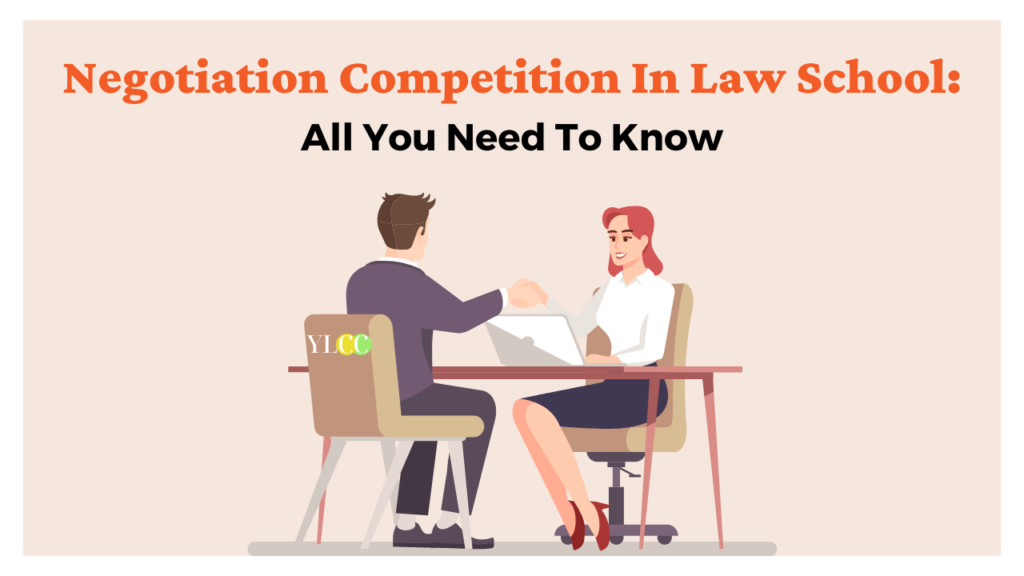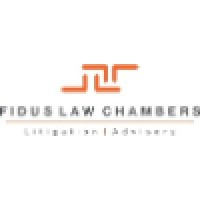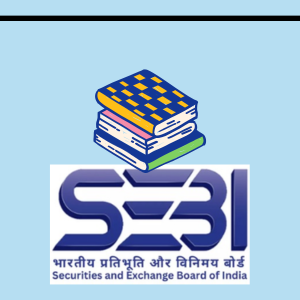
WHAT IS NEGOTIATION?
Negotiation is a way to resolve conflict that does not involve going through the court system. When two people can agree on something without litigation, it is usually better for both sides involved and saves everyone time spent waiting around at lawyers’ offices or jails while proceedings happen outside their homes (or wherever). In terms of procedure, negotiations is probably the most flexible form of dispute resolution process because it involves only those individuals or parties who are interested in the matter. They shape the process of negotiation as per their own needs and at their own convenience. The chances of reaching a mutually acceptable agreement is high in this process since the acceptance by all the parties is ensured. Since the process of negation uses the interests-based approach instead of the generally used positional-based approach, it provides a greater possibility of a successful outcome.
In this article, Team YLCC attempts to explain how negotiation competitions work in law schools in India and how you can prepare for them. Read on!
WHAT IS A NEGOTIATION COMPETITION?
Negotiation competition consists of two teams. Each team has a client and counsel. The participants can take different roles in a negotiation competition i.e., client or counsel. A participant’s role is either fixed for the entire competition or the roles are switched in upcoming rounds. Each side would consist of a client and counsel negotiating with the opponent team. It is important to practice with your teammate to ensure coordination and understanding. Practicing would ensure that no one interrupts each other during the rounds.
LEADING NEGOTIATION COMPETITIONS IN INDIA
- NLIU-Khaitan International Negotiation Competition
- International UILS Negotiation Competition by UILS, Panjab University
- RGNUL National Negotiation Competition 2021 on Aviation Law & Industry
- International Negotiation, Mediation & Client Counselling Competition 2021 by SoL, Sushant University
- NLSIU-Manupatra International Negotiation Competition
THE NEGOTIATION PROBLEM
Two types of information are provided in a negotiation competition i.e., general and confidential information. Firstly, general information is given to both the negotiating teams. It may contain a brief introduction about the parties, the dispute between them, stand of each party. This information is usually given a few days prior to the preliminary rounds. Secondly, confidential information given to each team is unique. This information is usually given one hour before the round. Participants are required not to disclose it to the other team.
DEMARCATION OF THE ROLES
The teams must decide who will play which role. The demarcation of roles is essential for the smooth functioning of the round. Teammates should not interrupt each other and one person should not overshadow the other. Coordination between teammates is very important in a negotiation competition.
The client deals with the factual matrix of the problem. For instance, in a child custody problem, the client should speak about parental relationships with the child, parents’ work schedules, etc. If a settlement has been reached, the final approval should be given by the client. It is advisable that the client refrains from dealing with any legal aspects of the problem.
The counsel should ensure that the client’s interests are protected. The counsel proposes the agenda for the negotiation competition. These agendas constitute the main discussion of the problem. Agenda setting is important to ensure that the session runs smoothly. Legal aspects must be dealt with by the counsel. However, the counsel must remember that the negotiation competition is not a moot court competition.
Thus, the client and counsel should complement each other.
OPENING STATEMENT
When the round commences, each participant will begin with their opening statement. The length of the opening statement depends on the total time of the round. Usually, it is for 3-4 minutes. Firstly, the participants will exchange pleasantries and introduce themselves i.e. their names, their roles. For example, Good afternoon, I am Mr. Raj, and I am the CEO of Besla company. Secondly, the participants may thank the opponent team for requesting or responding to the request of negotiation as opposed to choosing litigation to resolve the dispute. Thirdly, they may point out that they intend to reach a mutually beneficial settlement. The client focuses on the facts of the problem and the counsel highlights the important interests of the client. For instance, in an employment law dispute, the interests of the client may be ‘fair compensation and fair workplace environment’.
AGENDA SETTING
After the opening statements, the counsel for either side generally proposes an agenda for the negotiation round. The other party’s counsel may accept the agenda as it is or suggest modifications. Setting the agenda in the correct chronology is extremely important.
NEGOTIATION ROUND
The negotiation round consists of:
- Offers and counter-offers: The participants then proceed to communicate to each other their viewpoint on the first agenda, and present offers and counteroffers. It is important to listen to the other party, and accommodate their thoughts to the extent possible. The aim is not to dominate the other party, but to arrive at a mutually beneficial solution.
- Questions: During the round, the teams may also ask questions to each other. Asking question is essential for discovering the confidential information. Understanding the reason behind their stand can help to arrive at a conclusion. It is beneficial to already prepare the questions you wish to ask before the beginning of the round.
- Agreement: It is not necessary that for a successful negotiation, the parties have to agree on all the items on the agenda. Thus, the parties should not quickly agree on something only for the sake of agreeing. It is not necessary to reach a settlement if the client’s interests are getting hampered. Teams should prepare possible solutions beforehand. Try to keep both parties’ interests in mind and be creative with the solutions you offer.
CLOSING STATEMENTS
The round ends with the closing statement given by all the participants. The participants may thank each other for their cooperation and time. If the negotiation reached a settlement, one of them may propose to draft an agreement with the modifications agreed upon. If no settlement is reached between the teams, one team may propose to schedule another negotiation. The teams must recognize each other efforts in the closing statement.
NEGOTIATION PLAN
In addition to the actual negotiation, some competitions require that the parties also submit a negotiation plan, prior to the actual negotiation. It is essentially a document outlining the objectives and goals of the negotiation, interests of the client, the negotiation strategy, the points that are in favour of, and against the client, etc. The exact requirements of the plan may be specified in the rules of the competition concerned.
TIPS FOR YOUR NEXT NEGOTIATION COMPETITION
- Professionalism And Courtesy – Aways treat the opposition with respect throughout the round. For example, listen to the other side, allow them to finish, do not talk over them, do not respond in a hostile manner, work collaboratively, consider your body language and thank the other side for contributions throughout.
- Do Not Battle For The Agenda – It is important to allow both teams to agree on an agenda and always ensure that it is referred to throughout the negotiation as a way to track progress and ensure it has purpose.
- Agreement – One must not feel obligated to agree, in many circumstances it might not be possible or feasible. If you do not reach agreement, ensure that you put a framework in place for resolving unresolved issues at the next meeting.
- Control Over The Process – The team that maintains control of the flow of the negotiation will usually win, as that team will ensure that their client’s interests and issues are considered more fully and resolved more favourably. However, it is also crucial to understand that control over the agenda does not equate to control over the process.
- Summarise Throughout – Where possible, summarise progress to date and, where agreement is reached, ensure each side is clear on this and clarify their understanding of the agreement
- Roadblocks – Recognise that where the teams have hit roadblocks and, if the discussion is not progressing or if certain aspects will take too long to resolve, it might be better to move to a new area of discussion with the unresolved issue to be resolved following further discussion or client instruction
- Negotiation Means That – Reference to law or legal causes of action should not be made unless a fundamental legal interest needs to be protected (ie confidentiality), as this is a genuine opportunity to negotiate an outcome irrespective of the history of the matter
- Build On The Good Suggestions Of The Opposition – If the other side comes up with a good suggestion, recognise this, take it on board, add to it, and redeliver it
- Options Are Not Solutions – recognise that options are not solutions. Before agreement takes place the options need to be developed through discussion and reality tested
- Reality Test Options – firstly consider whether your client would accept such an option and then consider whether the other side’s client would accept the option. The best teams will address whether the client(s) would logically and emotionally accept the option as a solution to a problem and whether it is practical or achievable
- Grow The Pie – consider whether by adding in new elements both clients can derive a better outcome. For example, if there is a dispute between a mechanic and a business owner for fleet servicing in relation to one vehicle, if both parties can agree on a discount exclusivity agreement over time, both parties benefit more long term than they would if the focus is on the resolution only of the current dispute. Although this task is hard to achieve, consider where both parties can join forces to improve their best-case scenario where possible
- Present Multiple Options To The Client – recognise that a client might appreciate an array of options to choose from and to give them a choice, especially where their instructions are not clear or the issue is not resolved in the negotiation
- Calling The Break – be aware that you have an opportunity to call a break during the negotiation and ensure that when you do, that you clearly enunciate the roles of each party during the break so as to ensure it is time well spent. For example, while calling the break, specify that each team should come back with their best offer with relation to an issue, or that each team should come back with a view about an issue
- Be Flexible – As a participant, you willing to adapt your strategy to the opposition’s style. For example, some teams may wish to use a whiteboard
- Use Of Resources – It is important to consider whether and when use of additional resources such as whiteboards, prepared contracts and deeds of release may be useful or appropriate, if at all
- Wrapping Up – Towards the end of the negotiation leave sufficient time to summarise progress, assign responsibilities between the teams and agree to the next steps to progress the matter
- Be Mindful Of Your Audience – It is our experience that students, commercial lawyers, mediators, arbitrators, members of the judiciary and academics will judge you. While they bring their own strengths, do not assume that they will be experts in the area of law that governs your dispute. They will also have preferences of different styles and language when conducting the negotiation however do not let a preconceived idea of their preferences govern your approach
- Post Consultation – Do not underestimate the importance of the post consultation, a team can often win or lose based on the way in which they communicate the strengths and weaknesses of their performance and why they conducted themselves in a certain manner
- Reflective Practice – We recommend you actively engage in reflective practice after each round to identify your individual weaknesses and strengths and to develop trust and rapport with each other with a view to improving
CONCLUSION
Negotiation competitions are certainly a very enriching experience that all law students must consider participating in. Especially for students who are looking to pursue a strong career in litigation or the corporate law field, negotiation can be a particularly fruitful exercise.
YLCC would like to thank its Content Team for their valuable contribution in this article.






